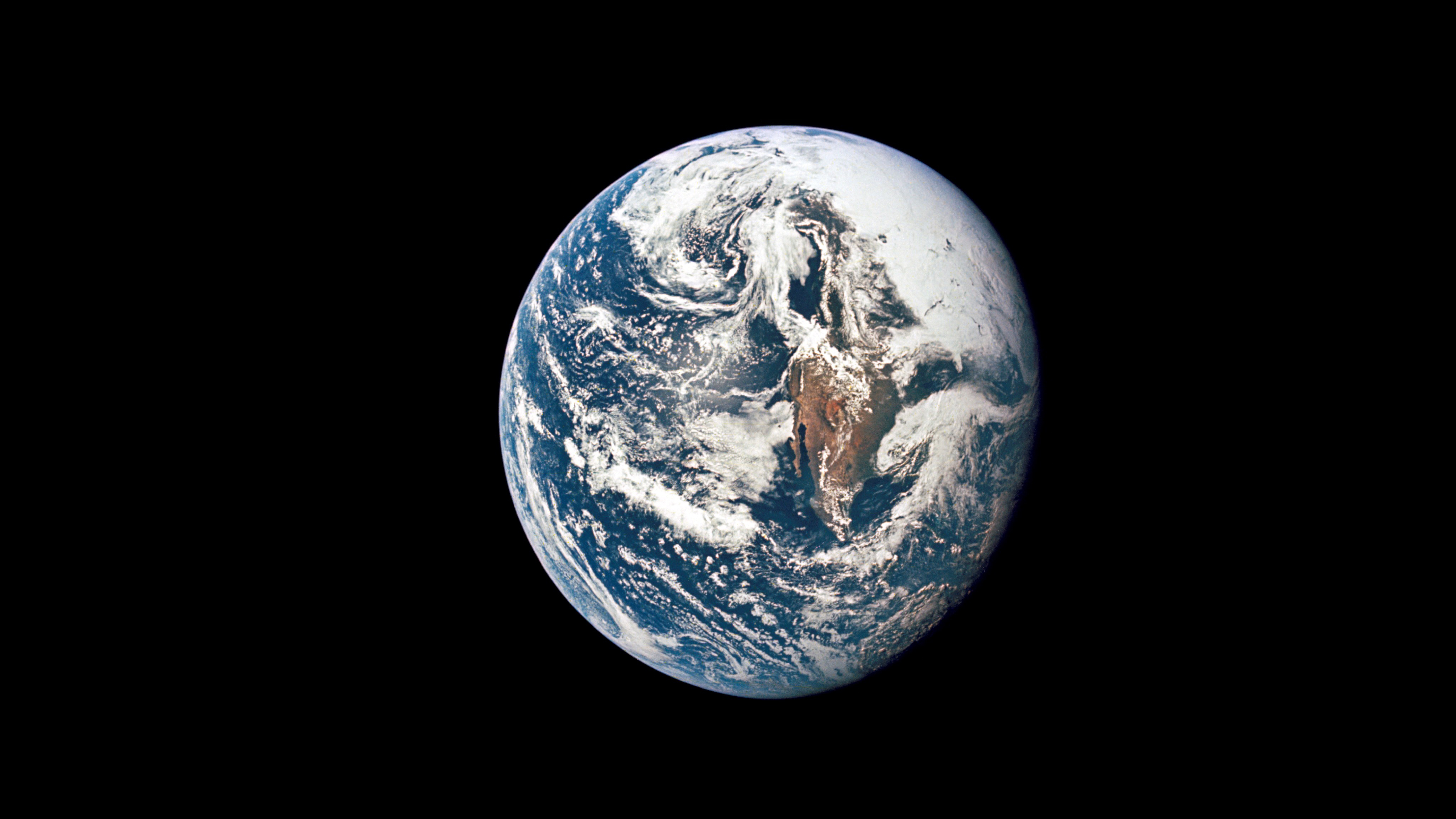
Labels and map data © OpenStreetMap contributors. Tropical storm tracks are created using the latest data from NHC, JTWC, NRL and IBTrACS. Weather forecast maps show precipitation, wind, temperature and more using the latest global model data from DWD ICON and NOAA-NWS GFS. Coverage is limited and may show glitches/anomalies. Radar maps show rain and snow detected in real-time. Heat sources show areas of high temperature using the latest data from FIRMS. HD satellite images are updated twice a day from NASA polar-orbiting satellites Aqua and Terra, using services from GIBS, part of EOSDIS. EUMETSAT Meteosat images are updated every 15 minutes.

Live satellite images are updated every 10 minutes from NOAA GOES and JMA Himawari geostationary satellites. View LIVE satellite images, rain radar, forecast maps of wind, temperature for your location. The ESA predicts that the asteroid has a 1 in 607 chance of impacting Earth, and estimates that the collision could occur as early as Valentine's Day 2046, although it could also occur on subsequent Valentine's Days between 20.Zoom Earth is a world weather map. 26, according to the European Space Agency, which added the rock to its own Risk List and ranked it at No. However, as of Tuesday this week, officials removed the asteroid from the Sentry risk table, a monitoring system developed at the turn of the century to keep a running catalog of space objects that hold any risk of colliding with Earth over at least the next 100 years.Īnother asteroid, which scientists also discovered in February and named 2023 DW, potentially carries a larger risk of impacting Earth in the relatively foreseeable future. "Astronomers with the International Asteroid Warning Network are using this close approach to learn as much as possible about 2023 DZ2 in a short time period - good practice for #PlanetaryDefense in the future if a potential asteroid threat were ever discovered," the agency wrote in a second tweet.Īccording to EarthSky, scientists for a time believed the new asteroid presented a possible risk of colliding with Earth during a future orbit, and suggested that 2023 DZ2 could impact Earth on March 27, 2026. While close approaches are a regular occurrence, one by an asteroid of this size (140-310 ft) happens only about once per decade, providing a unique opportunity for science.- NASA Asteroid Watch March 21, 2023 With planet Earth as the backdrop, this NASA HDEV (High Definition Earth Viewing) webcam shows you live space views from the International Space Station.


A newly discovered #asteroid named 2023 DZ2 will safely pass by Earth on Saturday at 100K+ miles away.


 0 kommentar(er)
0 kommentar(er)
